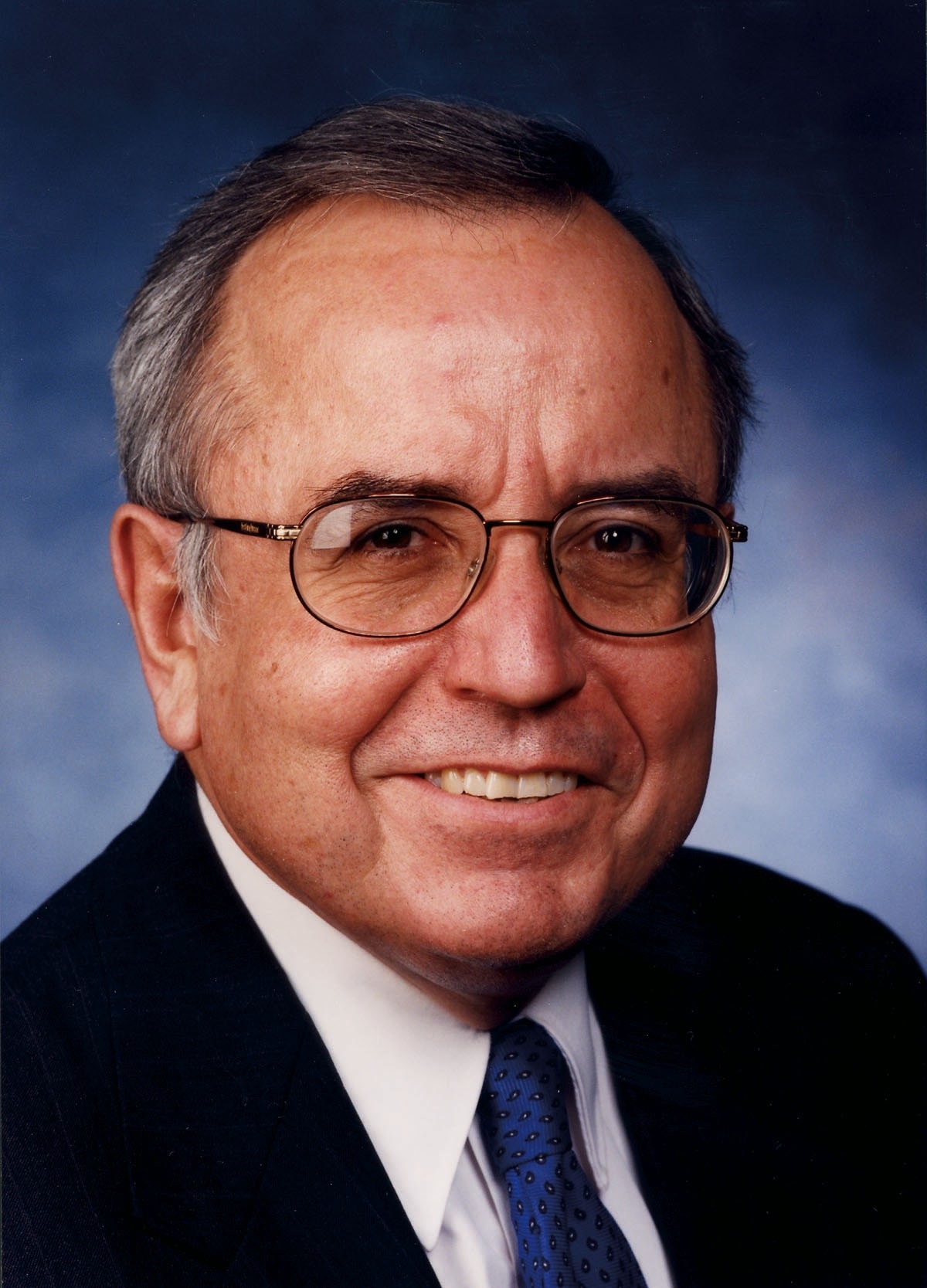
This is a time of transition for both Kenosha County and the entire state of Wisconsin in both economic and political terms. After years of Republican dominance in state government, the Democratic Party has made some recent notable gains. The state is also sharing in the remarkable strength of the national economy.
Politically, the most significant gain for Democrats was the 2018 election of Tony Evers, the state Superintendent of Public Instruction, over two-term GOP incumbent Governor Scott Walker. Evers’ victory was extremely narrow with just over one percent of the votes cast separating the two candidates. Less surprisingly that same year, Democratic U.S. Senator Tammy Baldwin was reelected. She defeated Republican challenger Leah Vukmir by a comfortable margin of more than 10 percent.
Politically, the most significant gain for Democrats was the 2018 election of Tony Evers, the state Superintendent of Public Instruction, over two-term GOP incumbent Governor Scott Walker.
Otherwise, the Republican Party held their ground in Wisconsin. No Congressional seat changed hands; the party retained five of the eight seats. Republicans won one additional State Senate seat, and lost one seat in the State Assembly. The only Congressional seat without an incumbent candidate was Wisconsin’s First District, which includes Kenosha County. Long-time Representative Paul Ryan, who also served for several years as Speaker of the House of Representatives, did not seek reelection and retired. This surprised many observers, especially given his prominence and relatively young age. In 2012, he was presidential nominee Mitt Romney’s running mate.
Ryan has been succeeded by Bryan Steil, who had served as a member of his staff. Ryan endorsed Steil during the election campaign. Since entering Congress, his voting record has been relatively moderate in contemporary terms. The website GovTrack.us, which literally maps the voting records of members of Congress, puts him literally on the border between Republicans on the right side and Democrats on the left. Steil has generally voted with the Trump Administration in the House, but not always. In an echo of Ryan’s high-profile public opposition to large deficits, he opposed the two-year budget bill to raise limits on spending supported by the Administration.
Republicans have controlled the First District for a quarter century, but that was not the case earlier. Democrat Les Aspin held the seat from 1971 to 1993. A respected expert on defense policy, he served briefly as Secretary of Defense in the first part of the Clinton Administration. Democrat Peter Barca was Aspin’s immediate successor in Congress.
Despite Ryan’s lengthy tenure, and the election of his designated successor, the Democratic Party has strengths in the district, with the potential to build on the successes of 2018. Kenosha County Executive Jim Kreuser and Kenosha Mayor John Antaramian are Democrats, with past service in the State Assembly. State Senator Bob Wirch, a Democrat, represents District 22, which includes most of Kenosha and neighboring Racine Counties. He has held the seat since 1997 through tough election campaigns, including an extremely aggressive Republican offensive in 2010 to unseat him. He regularly publicly emphasizes his labor union background, which continues to resonate favorably in Kenosha, historically a center of the auto industry.
Both parties are devoting extensive attention to Southeast Wisconsin. In 2016, Donald Trump carried Wisconsin by just over 22,000 votes. He won Kenosha County by less than 1,000 votes. By contrast, President Barack Obama enjoyed a vote margin here of nearly 10,000. Milwaukee is host of the July Democratic Party presidential nominating convention.
Kenosha has benefited significantly from the long-term recovery of the nation’s economy … The unemployment rate is slightly below the low national average.
Democrats made gains in Kenosha County in the 2018 mid-terms. Senator Baldwin carried the county by a significant 14 percent margin. While Bryan Steil was elected to Congress from the First District, he lost the county narrowly to Democrat Randy Bryce, 47 to 49 percent. Bryce emphasized his background as an ironworker, and the International Association of Bridge, Structural, Ornamental and Reinforcing Iron Workers, along with other unions, has endorsed Democratic presidential contender Joe Biden. However, this is still far too early reliably to predict either the likely Democratic nominee or how Kenosha County will vote.
Kenosha has benefited significantly from the long-term recovery of the nation’s economy, and also more specific factors. The unemployment rate is slightly below the low national average. Growing controversy surrounds Foxconn Technology Group’s investment in Southeast Wisconsin, which included extremely generous state aid from the Walker administration. However, this firm stands out in an enormous, largely smooth flow of new investment into the area and wider region.
More than half the interstate truck traffic in North America moves through the Chicago-Milwaukee corridor, which includes Kenosha. Amazon and Uline are only two particularly visible investors. There is a steady migration north of companies from Illinois. Wisconsin remains a battleground state politically, but the old “Rust Belt” image of the economy clearly is out of date.
Arthur I. Cyr is the A.W. and Mary Margaret Clausen Distinguished Professor of Political Economy and World Business, and Director of the Clausen Center for World Business, at Carthage College.




